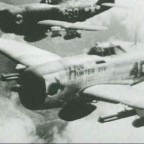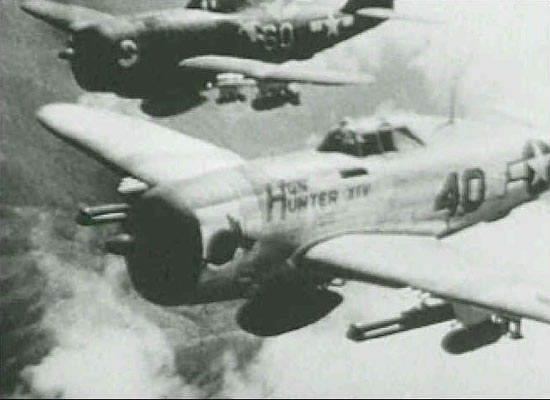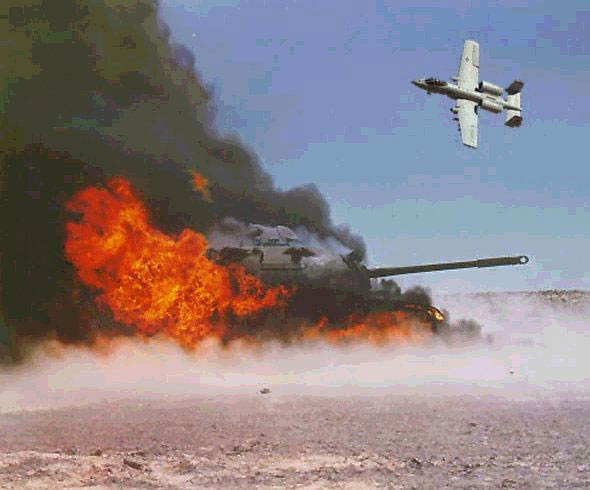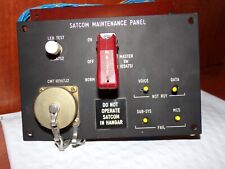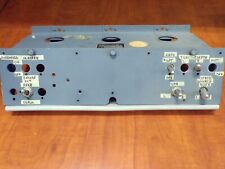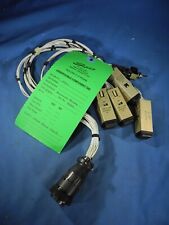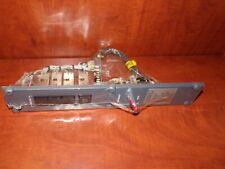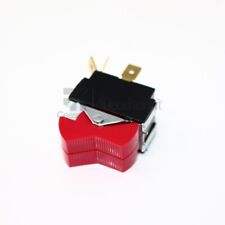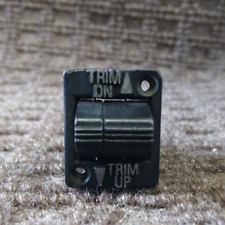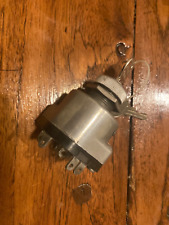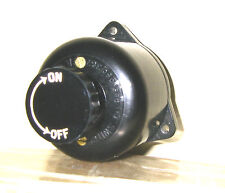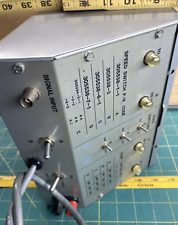The second consideration has to do with firing the gun while in a yaw (rudder deflected). While tip off is not a significant factor when firing the gun, the application of rudder to correct your aim point is. The gun is a wonderful thing but it is not a laser beam! The gun projectile still has to obey the laws of physics. One of these laws has to do with the resultant velocity vector of the projectile when it is fired.
The resultant velocity vector is a combination of the vector of the projectile and the velocity vector of the aircraft. The next figure shows the effect on the resultant bullet trajectory when the aircraft is yawed:
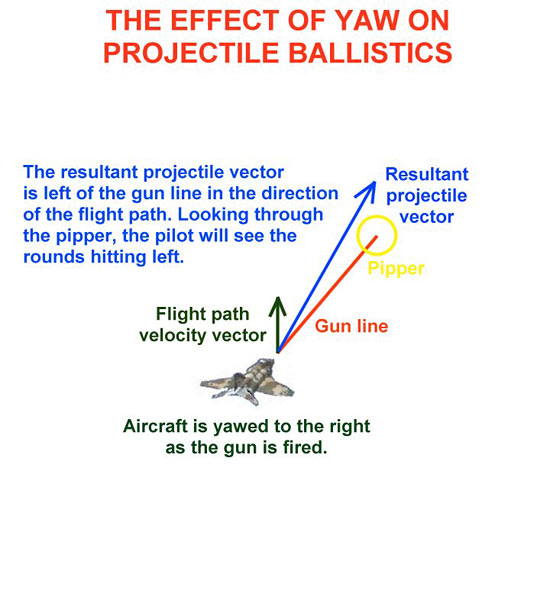
Fig 14 – The Effect of Yaw On Projectile Ballistics
Getting into the math of this subject is beyond the scope of this article. It should be sufficient just to point out that the actual bullet impact point is always going to be somewhere between the velocity vector of the aircraft and the aiming reference (pipper). The inability to predict where this impact point will be is enough reason to not use the rudder to yaw the nose in an attempt to get the gun line on to a target. The next screenshot illustrates this effect:
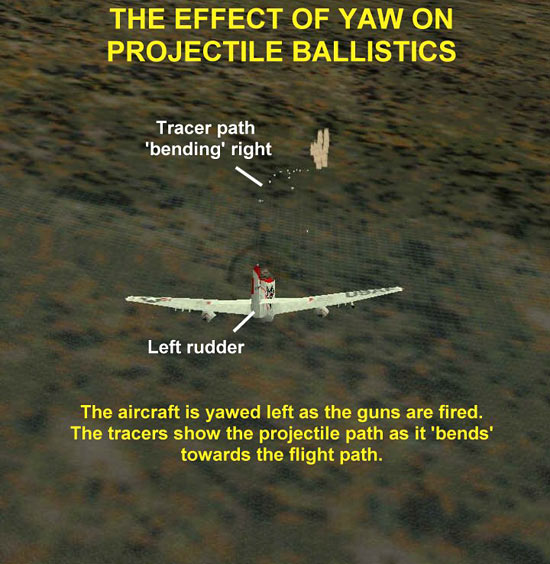
Fig 15 – Bullet Impact Point When Firing In A Yaw
One final note on the use of rudder during a gun attack. Often times, we hear a technique being proposed that describes ‘kicking the rudder’ to somehow improve strafing effectiveness. Let me say categorically, that in almost any instance that I can think of, that this technique is hogwash. I have tried this in real life and the results were spectacularly unimpressive, to say the least! Rudder control in most, if not all, fighters is too imprecise for the surgical finesse needed to make this technique ‘work.’ The fly in the ointment here is the definition of the term ‘work.’ The usual reason for ‘kicking the rudder’ is to spread out the volume of fire in order to cover a larger area of ground. It is conceivable that there may be a specific target type that may benefit from such a plan, but my suggestion to you is that you not attempt this technique. The usual result is an overcontrol of the rudder that results in an exaggerated yaw that ends up throwing bullets everywhere but where you want. This makes a great bar story, but in real life it leaves a lot to be desired.
The last consideration that I want to mention is the tendency of the aiming reference (pipper) to track across the ground in a manner similar to how the bombing pipper tracks as it approaches the target in a dive delivery. The reason for this ‘pipper track’ is that the pipper is often depressed below the velocity vector (flight path symbol). When the pipper is depressed below the velocity vector, it will move across the ground as the attacking aircraft dives towards the target. This movement will be from below the target (or in front of, depending on how you visualize the situation), and will move through the target, eventually going past it.
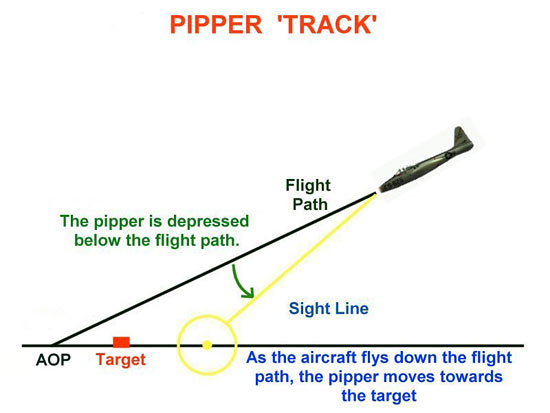
Fig 16 – Pipper ‘Track’
For a rocket attack, the pilot should maintain about one G as the pipper approaches the target. He should fire as the pipper reaches the target and should not try to stop the pipper movement. If the pilot is firing a ripple release (sequenced over time), he should squeeze the trigger just before the pipper reaches the target. This will allow the ripple of rockets to ‘walk’ through the target. (Note: In real life the sight setting is adjusted to account for the ripple time interval. In this case, the pilot fires when the pipper reaches the target.).
In a strafing attack, however, the pilot can concentrate his fire by gently applying forward stick pressure to ‘stop’ the pipper as it reaches the target. A note of caution is in order. This technique of ‘stopping’ the pipper track in a gun attack will only ‘work’ for a second or two at most. The technique will tend to concentrate your fire around your aiming point, but it requires a deft control of forward stick to prevent a bobble that may spoil your entire aim.
Let’s finish this article by suggesting some techniques appropriate to our sims that may help improve your rocket and gunnery effectiveness.

